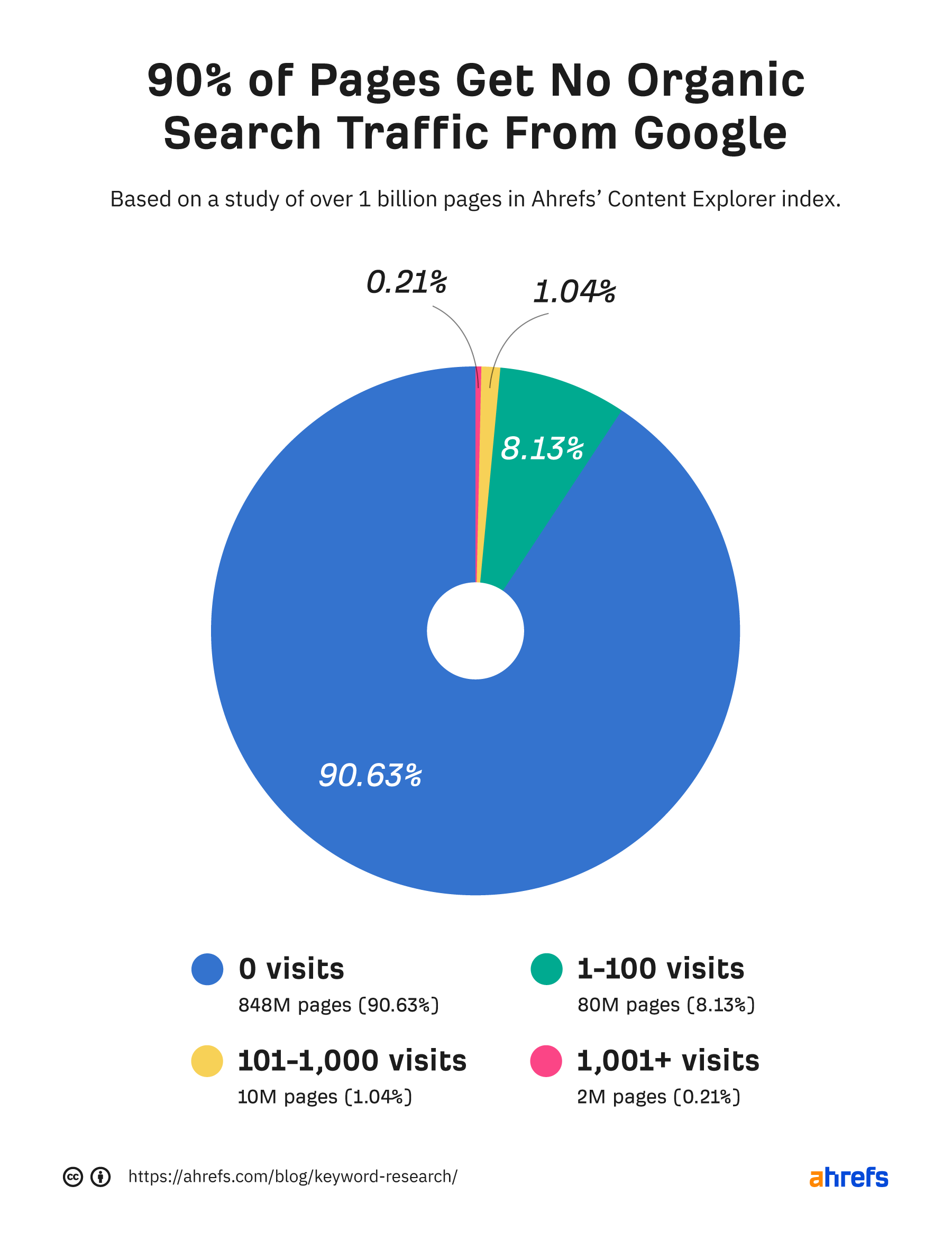You Get What You Pay For
One of the most interesting things about site development and services is the cost that is associated with them. By “them” I mean web site development, design, hosting, repairs and the list can go on. But how do you really know what you are getting when you find that person or business to develop your site?
As consumers of products, we are each responsible for asking questions, reading labels, and researching the products that we buy and consume. This isn’t only an issue with web design and other technology products, as it applies to the food we eat, the cars we drive, the homes we live in and just about every other aspect of life. For an example, if you were looking to build a new home, wouldn’t you take the time to research the builder? Ask a few friends about who their builder was, do some searching about the products they use, the neighborhood they are building in, checking out the homebuilders association and maybe even the better business bureau. There is a lot of time and money that goes into the process, but the end result can be satisfaction, or disaster.
The same can be said of creating a site for yourself or your small business. You don’t have to be an expert in all things web related. But that doesn’t mean that you shouldn’t be aware of some things to ask when searching for a quality designer. In a recent post about the cost of web design, Aaron Forgue talks about some of the basic aspects that go into designing a site and how much should they cost. To quote from the article:
Sure your computer geek nephew knows HTML and could build a web site for just $100. He also knows how to use a screwdriver. Does this mean he could build a safe, reliable, and fuel-efficient car for you? Probably not, so why take the same risk with your web site, a potentially large value-center for your company?
This also presents a new issue that has been around the web development community for some time, and it seems to keep growing the more I research it. The issue is companies and individuals that rely on templates to make “cookie cutter” sites that are not compliant with web standards, and are far from accessible to all users. Why would they do that? Well, it comes down to time is money. They can plug in a template, change a few colors, add your text and shazam, they are done!
Another issue with the “cookie cutter” approach is the lack of accessibility and usability that it lends itself to. One of the reasons for this is most of those sites use tables for layouts which lends itself to not being accessible to screen readers or other assistive technologies. It creates a lot of additional code and markup, thus creating longer download times and higher bandwidth issues. If you are trying to watch your costs as a small business owner with your own site, bandwidth overages can eat you alive if you aren’t careful.
Using valid CSS and (x)HTML can significantly reduce your costs, allow for future expandability and compliance and bring greater usability and accessibility to all users. In another great article on Accessites.org, Mel Pedley talks about the issue of Web usability and how it is closely tied into accessibility issues. To quote from her article:
Unlike web accessibility which impacts directly upon disabled users, web usability affects all users, and can be defined as a measure of how easy it is for a generic site visitor to carry out a task such as finding a given piece of information or buying a certain product.
So, how does all of this relate to the cost of having a web site designed and developed? You go back to the issue of you get what you pay for. Anyone can create a site using some of the software that is out there now. It will allow you to draw out the blocks of content, place text where you want, add pictures and it might even look good. But, is it accessible, usable, compliant with web standards? Probably not, and that is where the knowledge of a designer that creates accessible and usable sites really shines.











